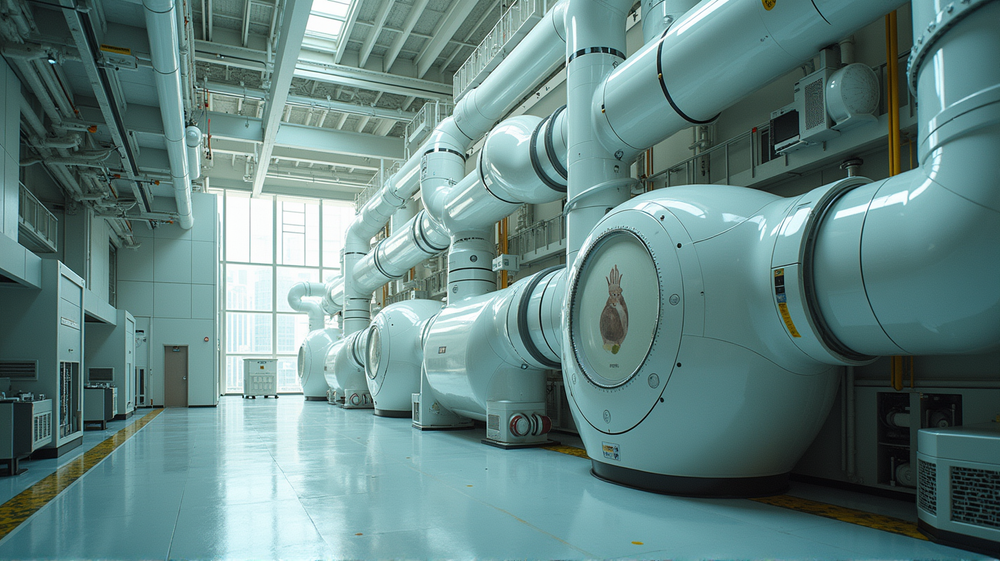Revolutionary Air Handling Technology Transforms Energy Consumption
In Louisville, Kentucky, the 123rd Airlift Wing is embracing a sustainable future with their newly dedicated Response Forces Facility. This groundbreaking building features advanced air handling technology capable of reducing energy consumption by a staggering 36 percent while simultaneously improving air quality—a testament to innovation in sustainable architecture.
The Power of DOAS Technology
At the heart of this transformation is the Dedicated Outdoor Air System (DOAS), a sophisticated roof-mounted air-handling unit. As stated by the American Society of Heating, Refrigerating and Air Conditioning Engineers, DOAS technology efficiently ventilates buildings, reduces energy usage, and enhances indoor environmental quality. The system begins by dehumidifying incoming air, ensuring a comfortable and healthy environment.
An Efficient Air Circulation Process
This cutting-edge technology uses an “energy wheel” to regulate temperature year-round, capturing heat during colder months and maintaining coolness in the summer. Fresh, conditioned air is then circulated throughout the facility, optimizing carbon dioxide levels and implementing rigorous filtration processes for optimal indoor air quality.
Anticipating Energy Savings and Occupant Comfort
The innovations continue with a system specifically designed to target and distribute fresh air precisely where it’s needed. This strategic air circulation not only boosts energy efficiency but promotes comfort and wellness for all facility occupants. As the facility becomes fully operational, the 123rd Airlift Wing anticipates significant savings in both energy and operational costs.
A Model for Sustainable Architecture
The successful implementation of the DOAS makes the Response Forces Facility a leading example of energy efficiency and air quality management. This technology sets a new standard, showcasing how buildings can harmonize sustainability with functionality. According to DVIDS, facilities worldwide are now looking to incorporate such systems.
In summary, the 123rd Airlift Wing’s new Response Forces Facility is not just a structure; it is a beacon of innovation for air quality and energy-efficient design. Such advancements are paving the way for future-ready architectures, signaling a shift towards a sustainable world where technology and ecology walk hand in hand.




